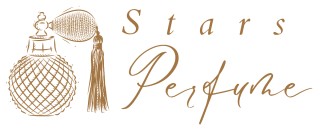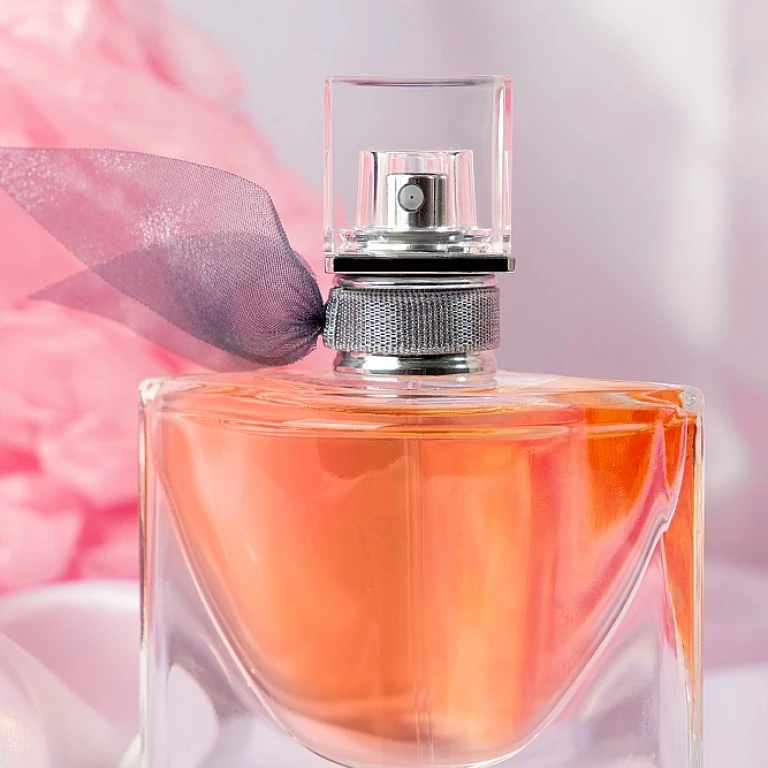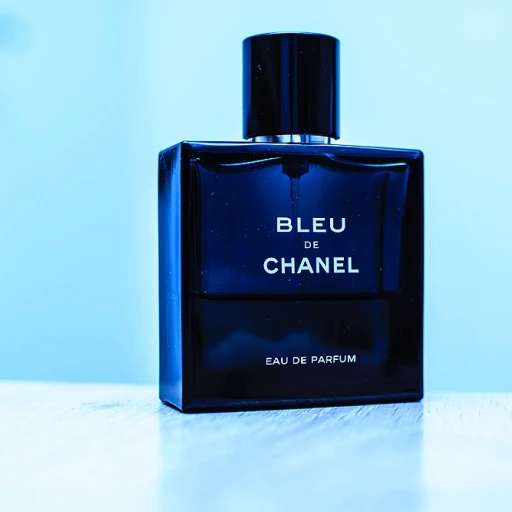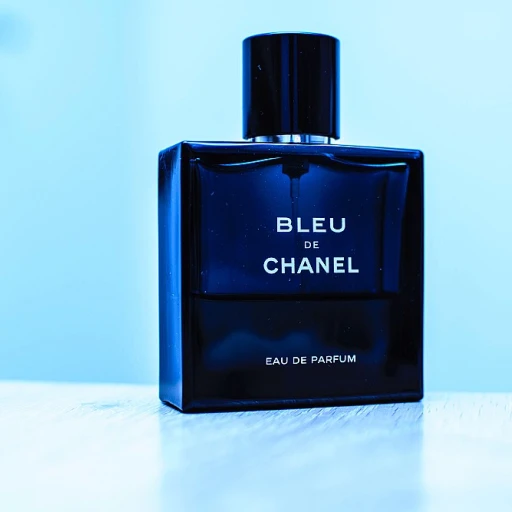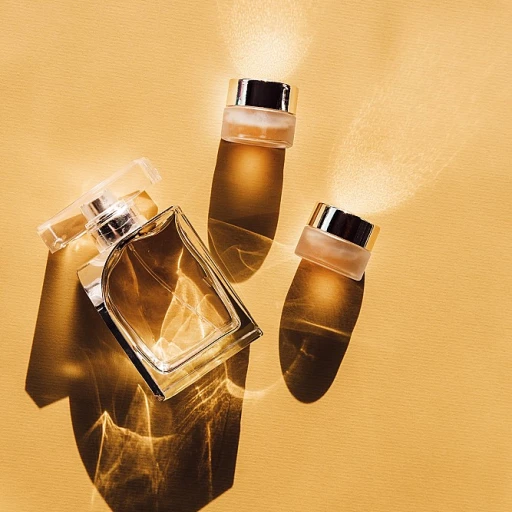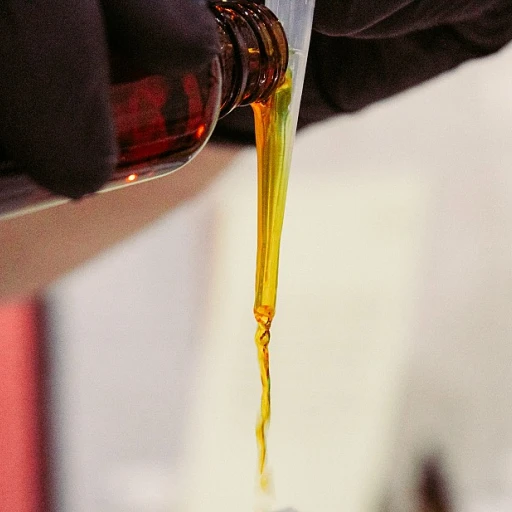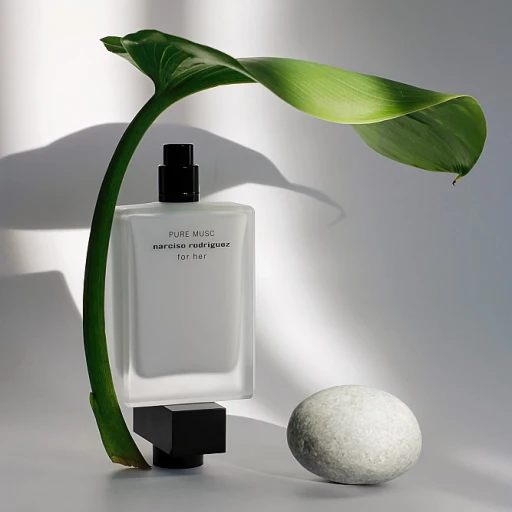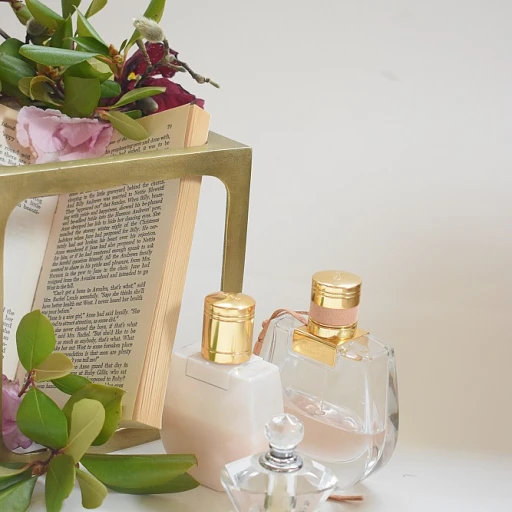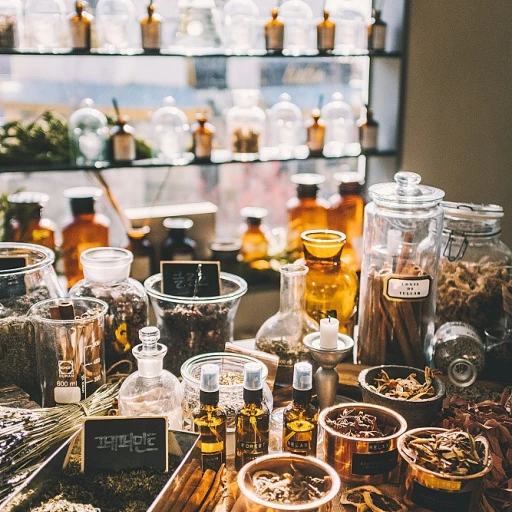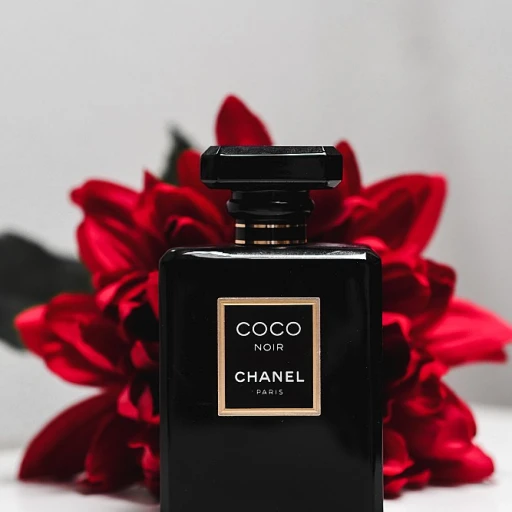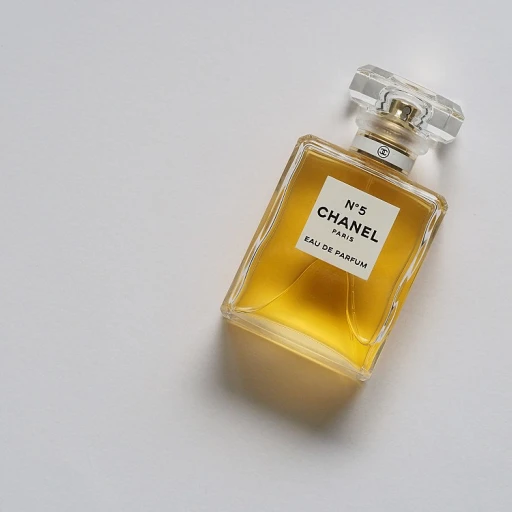
The Enigmatic Nature of Tuberose
Delving into Tuberose's Charm
Tuberose, an astounding bloom, captivates with its enigmatic aura. Revered in perfumery, its seduction lies in the complex interplay of floral notes. This flower, often classified under the white floral fragrance family, unfurls a scent that bridges the gap between innocence and opulence.
Emblematic of lush white blossoms, tuberose unveils its character in an array of fragrant nuances. As the flower matures, its scent intensifies, unveiling softer notes of jasmine tuberose, and a whisper of orange blossom. This transformation offers a multi-layered olfactory experience that paves its way into the heart of perfumery aficionados.
In fragrances, the scent emerges powerfully, showcasing its ability to stand alone or blend harmoniously with other white flowers. Whether it appears as the main act or in combination with similar blooms such as notes jasmine and tuberose fragrant dance is always mesmerizing. This quality ensures its steadfast presence in modern fragrance trends.
To explore further the influence of floral scents, delve into the allure of sweet magnolias in perfumery, which also captures the complexity and depth inherent in floral-themed creations.
Tuberose in Perfumery: A Historical Perspective
The Historical Journey of Tuberose in Perfumery
Tuberose, with its intoxicating floral scent, has been a cherished ingredient in the world of perfumery for centuries. Its journey began in the lush landscapes of Mexico, where the flower was first cultivated by the Aztecs. They revered its white floral beauty and heady aroma, using it in various rituals and ceremonies.
As explorers and traders ventured into the New World, tuberose found its way to Europe, where it quickly captivated the hearts of perfumers. The fragrance family of tuberose perfumes became synonymous with luxury and opulence, often reserved for the elite. In the 17th century, the notes of tuberose were a staple in the courts of France, where its eau parfum was considered a symbol of sophistication.
Throughout history, tuberose has been paired with other white flowers like jasmine and orange blossom to create complex and alluring compositions. This combination of tuberose jasmine and notes orange has been a favorite among perfumers, offering a rich tapestry of scents that evoke both mystery and allure. For more on the enchanting blend of orange blossom in fragrances, you can explore this detailed exploration.
In the modern era, tuberose continues to inspire perfume creators. Its versatility allows it to be the star in both classic and contemporary compositions, ensuring its place in the ever-evolving world of fragrances. As we delve deeper into crafting a tuberose fragrance, we will explore how this timeless flower is transformed into a tuberose perfume that resonates with today's scent enthusiasts.
Crafting a Tuberose Fragrance Perfume
The Art of Blending Tuberose in Perfumes
Crafting a tuberose fragrance is nothing short of an artistic endeavor, where each element is meticulously balanced. Perfumers venture into the harmonious blend of white floral essences, delicately combining tuberose with other flowers like jasmine and orange blossom. These floral notes intertwine, setting the foundation for a captivating olfactory journey. The exquisite notes of tuberose require a nuanced approach in blending. The intense white floral bouquet, tempered by notes of jasmine and hints of orange blossom, creates a symphony that balances the fragrance. This interplay of flowers contributes to a sophisticated scent profile, adding depth and character. Evolving from top notes to base, a well-composed tuberose perfume transitions seamlessly, revealing each fragrant layer. Tuberose stands as a pivotal note in many modern fragrances, often found in house lines like Gucci Bloom. This creates an experience both energetic and harmoniously floral. In crafting a tuberose eau parfum, attention is given to capturing the essence of its bloom. The challenge lies in accentuating its unique floral scent without it overpowering the composition. Success in this endeavor results in a timeless eluence, capturing the flower's enigmatic allure that resonates with aficionados and novices alike. Understanding the fragrance family and experimenting with top notes, such as jasmine tuberose combinations, offers endless possibilities. Engaging with tuberose perfumes reviews may provide insights into these nuanced creations, leading enthusiasts to fragrant masterpieces. For more insights into the intricate world of perfumery featuring captivating flower combinations, explore the allure of musk and roses. It serves as another testament to fragrance crafting with a twist of botanical allure.The Olfactory Experience of Tuberose
The Alluring Dance of Tuberose Notes
The olfactory experience of tuberose fragrances is a multisensory journey that captivates both novice perfume enthusiasts and seasoned aficionados. Tuberose, often lauded as the queen of white flowers, exudes a complex blend of sensuality and mystery that is hard to replicate. The initial burst of fragrance—commonly referred to as the top notes—introduces a fresh, often citrusy crispness, frequently featuring hints of orange blossom to enhance its opening allure. As the scent evolves, the heart of tuberose perfumes unveils its full floral opulence. At this stage, the tuberose, alongside jasmine, emerges more prominently. This rich floral scent provides a seduction that is both enchanting and commanding, often captivating those within its proximity. White floral notes continue to unfurl, offering a bouquet-like essence that lingers beautifully on the skin. The dry down of tuberose-centric fragrances often offers a lush, creamy quality, particularly when paired with other elements like vanilla or musk. Such combinations enhance the voluptuous nature of tuberose, allowing it to blend seamlessly while maintaining its signature presence within the fragrance family. This multi-layered olfactory composition highlights the craftsmanship involved in tuberose perfumery, where the nuanced interplay of notes ultimately defines the character of each scent. In today's diverse market, tuberose continues to inspire modern fragrance trends, such as the popular Gucci Bloom, offering new interpretations and evolutions of this classic floral scent. Its olfactory journey remains a staple for those seeking a unique blend of floral grandeur and timeless sophistication.Tuberose in Modern Fragrance Trends
Modern Takes on Tuberose Scents
The world of fragrance is ever-evolving, yet some things remain constant, like the timeless appeal of the tuberose flower. As modern perfumery advances, it continuously incorporates this enigmatic essence, allowing for creative expressions within varied fragrance families. Today's tuberose perfumes are not constrained by tradition. They skillfully blend with other floral and non-floral notes, creating unique olfactory experiences.- Fusion of White Florals: Tuberose is often seamlessly intertwined with jasmine, orange blossom, and other white flowers. These combinations enrich the scent with a multi-layered floral complexity that captures the essence of natural blooms.
- Innovative Blends: Modern perfumers are exploring intriguing blends, such as tuberose with citrusy notes of orange, creating dynamic perfumes that invigorate the senses. Reviewing contemporary compositions, one might discover fresh perspectives infused with an aura of sophistication that highlights tuberose's versatility.
- Subtle and Intense Variations: From the ethereal ambiance of an eau parfum spray to the opulence of parfum, the intensity of tuberose varies. Each variant offers a different fragrance experience, catering to diverse preferences. Whether you lean towards more subdued scents or seek bolder, head-turning aromas, the current palette of tuberose fragrances offers something compelling for everyone.
- Cult Classics and Novel Creations: Renowned fragrances like "Gucci Bloom" remain popular choices for those drawn to the classic sensuality of tuberose. Meanwhile, new offerings, frequently reviewed and celebrated, push boundaries by encapsulating the flower's mystique in innovative compositions.
Choosing the Right Tuberose Fragrance for You
Finding Your Signature Tuberose Scent
Choosing the right tuberose fragrance can be a delightful journey through the world of floral scents. Tuberose, with its rich and intoxicating aroma, offers a unique olfactory experience that can vary significantly depending on its composition and the accompanying notes. Here’s how you can find the perfect tuberose perfume for you:
- Understand the Fragrance Family: Tuberose is often associated with the white floral fragrance family. It pairs beautifully with other white flowers like jasmine and orange blossom, creating a lush and opulent scent profile. Consider what other notes you enjoy, such as the fresh citrus of orange blossom or the creamy sweetness of jasmine.
- Explore Different Compositions: Tuberose perfumes can range from the classic and sophisticated to the modern and edgy. Some fragrances highlight the pure floral scent of tuberose, while others blend it with spicy or woody notes for a more complex aroma. Experiment with different compositions to see which resonates with your personal style.
- Consider the Occasion: The intensity of tuberose makes it ideal for evening wear or special occasions. However, lighter eau de parfum versions can be suitable for daytime use. Think about when and where you plan to wear your tuberose fragrance.
- Read Reviews: Before making a purchase, read spray reviews from other fragrance enthusiasts. These can provide insights into the longevity, sillage, and overall impression of the perfume.
- Test Before You Buy: Whenever possible, test the perfume on your skin. The interaction between the fragrance and your skin chemistry can significantly affect how the scent develops over time.
Whether you are drawn to the classic allure of tuberose or its modern interpretations, finding the right tuberose fragrance can be a rewarding experience. Embrace the journey and let your senses guide you to your perfect floral companion.
